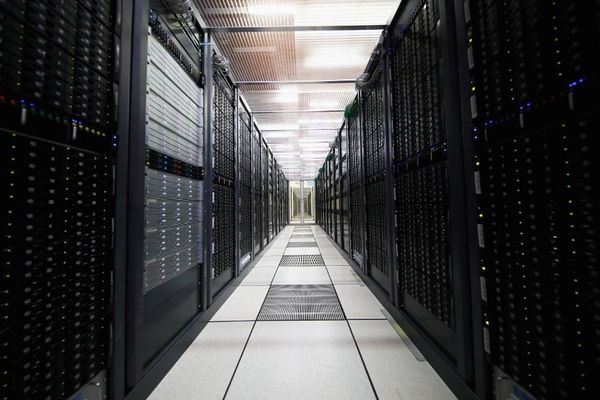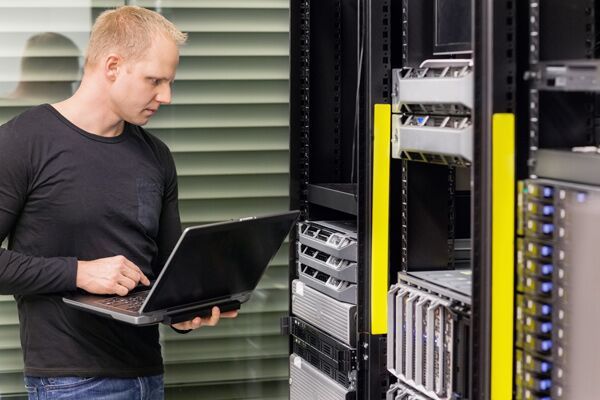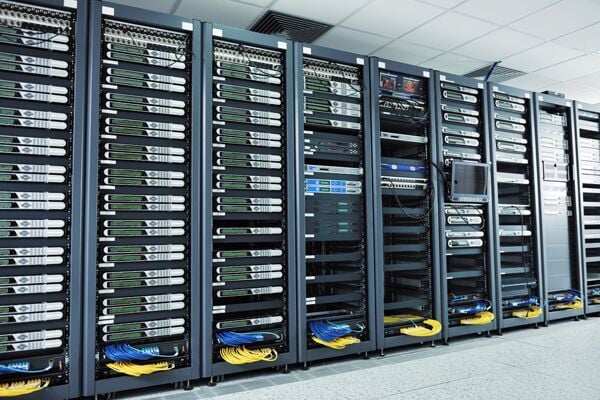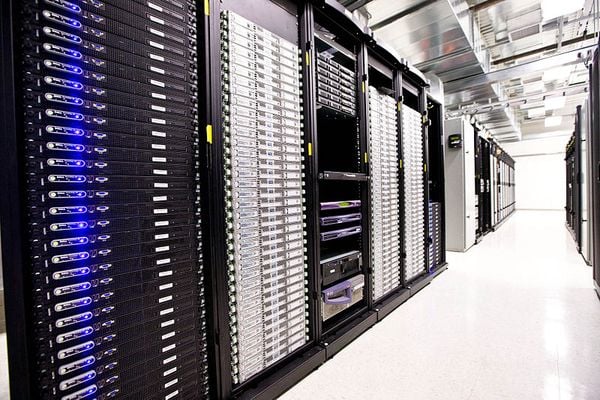
This Week in Getting Hacked: Everyone Knows Where You Are at All Times Edition
May 18, 2018
This Week in Getting Hacked: Steam Room Edition
June 1, 2018Data centers are an integral part of most businesses. As companies expand, the question of whether to keep running your own data center or use a colocation facility needs to be addressed. Company expansion almost always results in an increase in cooling and electricity bills for their servers, which sometimes doesn’t fit within their budget.
Data Center Terms Defined
In-House Hosting – In-house hosting refers to servers and networking hardware that is owned by the company and is controlled on the company premises or at their own stand-alone data center location.
Dedicated Server – say you want some type of IT in Los Angeles. Buying a dedicated server from a dedicated server Los Angeles provider is a way for you to get the tech you need without all the hassle of setting everything up yourself.
Colocation – is the use of a separate data center as a shared facility. A company’s data is stored and managed offsite by a colocation provider along with data from other companies as well.
Managed Hosting – is the use of a data center, but a company is assigned their own dedicated servers or cloud servers.
Data Center Investment Statistics
There are many reasons to use a colocation facility or an outsourced data center which we will discuss but first let’s examine the current statistics for this topic.
Investments in the data center industry have grown tremendously, and this is evident in the last year alone. The first half of 2017 brought in a total of $18.2 billion in both occupier/operator and investments, which was already more than double that of 2016. Over the past five years, the data center industry has brought in a more than 45 billion dollars in investments, and over 50% of that coming after 2016. This signifies the growth of the industry and its permanency.

In-House Data Center Vs. Outsourcing
The growth is apparent in the data center industry, but in-house data centers still take most of the pie when it comes to this discussion. In 2014, in-house data centers took 68% of the pie, while 25% of businesses went with colocation, and 7% of businesses went with a public cloud. In 2015, we saw a small growth in the use of colocation providers. In-house data centers dropped to 65%, while colocation went up to 26%, and public clouds went up to 9%.
Although there are capable data centers and colocation providers, businesses are still more often using their own in-house data centers. Although this percentage is slowly decreasing, the majority is still on this boat. Here are a couple of reasons why this may still be the case.
Advantages of an In-House Data Center
There are distinct advantages of an in-house data center. Here are Having your own in-house data center means you can modify and expand it anytime you feel the need. Another positive aspect of having your own in-house data center is having all of the hardware on your own premises, which gives you access to it anytime for upkeep and troubleshooting. Having your own data center also means that there are no fluctuating license costs or SLAs.
But having to maintain your own data center can also be a hassle. There are also many reasons why colocation can be a practical option or even a better option for some companies.

Advantages of Colocation and Outsourcing
There are many reasons to use a colocation facility or an outsourced data center. Using a shared colocation facility can reduce a company’s cost for cooling and power. Colocation companies can usually get a better deal from Internet providers than a single company can.
Other advantages of colocation and outsourcing include. Lower costs of IT, added resources for your servers, have added specific IT professionals that solely manage servers, and a predictable monthly or yearly cost, more security, more support, and free maintenance.
Colocation facilities can also offer redundant power and Internet connectivity, which can assist with maximizing uptime. Colocation providers and data centers are also readier for a power outage and a disaster than the average businesses. Most facilities also provide superior security features, which many in-house data centers cannot.
Many businesses are recognizing the advantages of colocation or outsourcing, and this is evident in the growth statistics.
Data Center Growth Statistics
The revenue from the wholesale and retail data center colocation market worldwide is trending upward. In 2014, the colocation market brought in $22.8 billion. In 2015, it brought in $27 billion. In 2016, the colocation market brought in $28.9 billion. The data center colocation market is projected to bring in 33.2 billion in 2018 and by 2021 a revenue of $48 billion.
The BCC Research company predicts the growth of the colocation market to be even bigger. They foresee the annual growth to be around 15.4% through 2020 and estimate the colocation market to be worth an estimated $54.8 billion by 2020.
Although the specific percentage number prediction may be different, both Statista and BCC Research both believe the colocation industry is headed for growth.
Although somewhat slowly, this trend signifies that companies are making the move to colocation providers. More companies realize that bringing their business to a colocation company can save money and lessen the workload of their own employees.

What Do Industry Professionals Think?
Many data center managers also believe that colocation services will continue to grow in the years to come. A recent survey done by Vertiv asked multiple data center managers, “How will your use of colocation services change in the next 2 years?” 57% of the data center managers answered it will increase. 25% of the managers believe it will stay the same. 12% answered they didn’t know, and only 6% thought it would decrease.
Data center managers are confident in the growth of the colocation industry.
Conclusion
The truth is, the more data people use – the more growth the data center industry will see. If this is the case, the data center industry isn’t going anywhere. The advancements in artificial intelligence and the invention of real driverless cars alone can be a predictor of the industry’s permanence. Data reports say that driverless cars generate about 4TB of data, per car, every day. That is a lot of data every day just from our cars alone. We won’t see too many fully autonomous cars on the road until 2020, but it is predicted that by 2040, 95% of new vehicles sold will be fully autonomous.
This only means more data and the growing need for more data centers and colocation providers.

